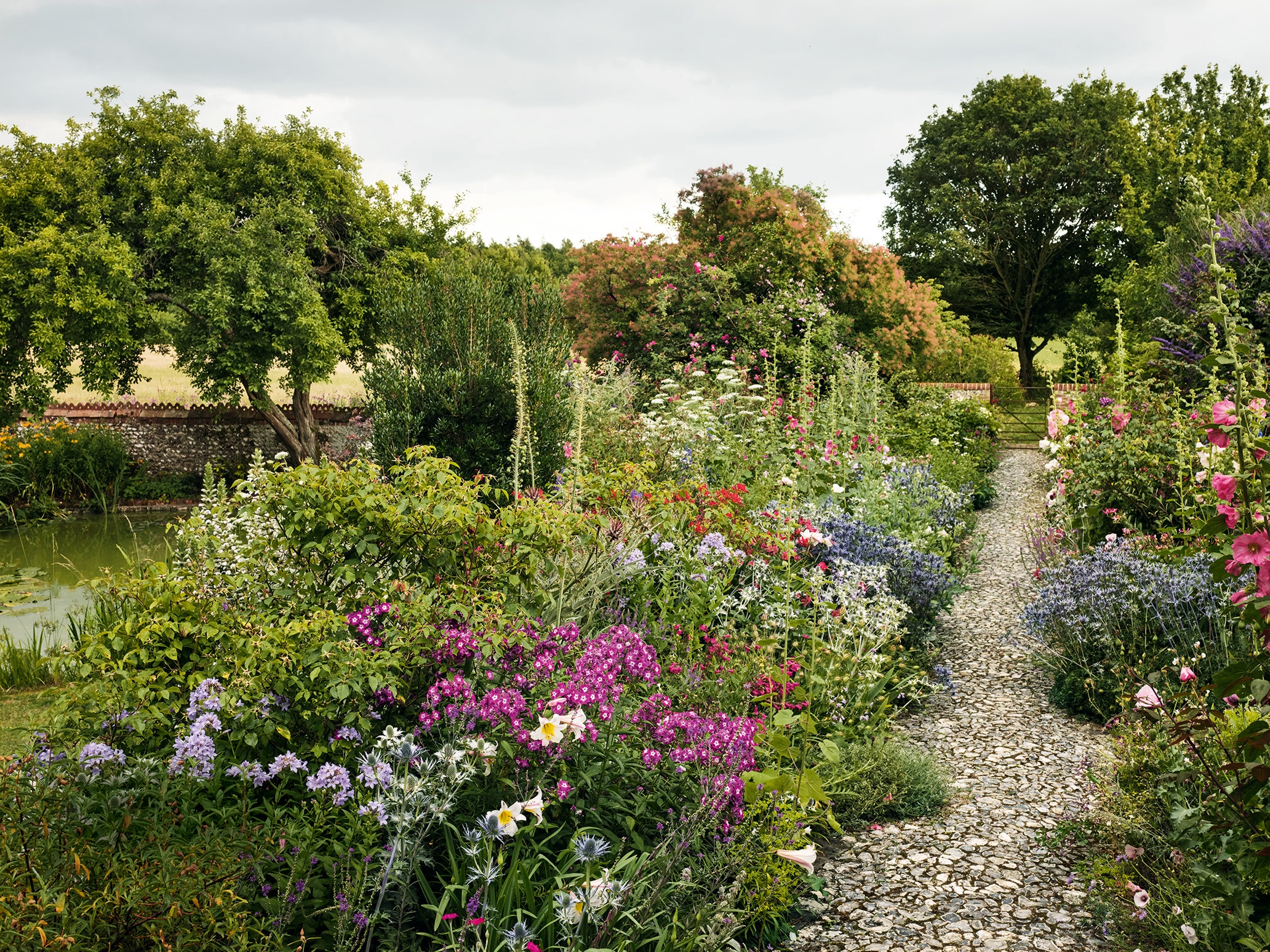

Articles
How To Design A Garden
Modified: October 20, 2024
Learn how to design a beautiful garden with our comprehensive gardening tips and techniques. Create your own oasis with practical advice from experts in the field
(Many of the links in this article redirect to a specific reviewed product. Your purchase of these products through affiliate links helps to generate commission for Storables.com, at no extra cost. Learn more)
Introduction
Welcome to the wonderful world of garden design! Designing a garden is not just about placing plants in the ground; it’s an opportunity to create an outdoor space that reflects your personality, provides a sanctuary for relaxation, and enhances the overall aesthetic of your home. Whether you have a small backyard or a sprawling landscape, the principles of garden design remain the same – creating balance, harmony, and functionality.
In this article, we will guide you through the process of designing a garden step by step. From assessing your space to maintaining your garden, we will provide you with valuable tips and advice to help you create a beautiful and thriving outdoor oasis.
Before diving into the details, it’s important to note that designing a garden is a personal journey. There are no hard and fast rules, and what works for one person may not work for another. It’s all about finding what you love, what suits your lifestyle, and what brings you joy when you step outside.
So, let’s get started on this creative and fulfilling adventure of garden design. Unleash your imagination and let’s bring your dream garden to life!
Key Takeaways:
- Create a garden that reflects your personality and provides a sanctuary for relaxation by assessing your space, setting goals, choosing plants, and incorporating hardscapes and structures.
- Enhance your outdoor oasis by implementing landscaping techniques, adding water features, incorporating seating and lighting, and maintaining your garden for health, beauty, and longevity.
Read more: How To Design A Rock Garden
Step 1: Assessing Your Space
The first step in designing your garden is to assess the space you have available. Take a walk around your yard and carefully observe the existing features such as trees, fences, and structures. Look for any potential issues like drainage problems or areas with too much shade or sun. Understanding the unique characteristics of your space will help you make informed decisions when it comes to plant selection and layout.
Consider the size and shape of your garden. Is it a small courtyard, a long narrow strip of land, or a large open space? This will influence the types of plants and design elements you can incorporate. Take note of any focal points, such as a beautiful view, a statue, or a unique architectural feature, that you would like to highlight or complement with your garden design.
Next, evaluate the soil quality. Is it sandy, clay-based, or loamy? Different plants thrive in different soil types, so it’s essential to know what you’re working with. Consider conducting a soil test to determine its pH level and nutrient content. This will guide you in choosing plants that will flourish in your specific soil conditions.
Another important factor to assess is the climate and microclimate of your area. Are you in a hot, dry region, or a colder, wetter climate? Understanding the climatic conditions will help you select plants that are well-suited to your specific environment. Additionally, consider the microclimate within your garden – areas that receive more or less sun, or those that are sheltered from wind or exposed to it. These microclimate variations create different growing conditions within your garden, and knowing them will help you plan accordingly.
Lastly, think about the functionality and purpose of your garden. Do you want a peaceful retreat for relaxation, a space for entertaining, or a play area for children? This will help determine the layout, seating arrangements, and the type of plants and structures to include in your garden design.
By thoroughly assessing your space, you will have a solid foundation for creating a garden design that is both visually appealing and tailored to your specific needs and conditions.
Step 2: Setting Goals and Themes
Once you have assessed your garden space, it’s time to establish your goals and themes for the design. Setting clear objectives will help guide your choices throughout the process and ensure a cohesive and harmonious garden.
Start by considering the overall purpose of your garden. Are you looking to create a tranquil and peaceful oasis, or do you prefer a more vibrant and colorful space? Are you drawn to a formal or informal design style? Determining the mood and ambiance you wish to create will influence your plant selection, color palette, and overall layout.
Next, think about the functionality of your garden. What activities do you envision taking place in the space? Do you need areas for dining and entertaining, or perhaps a dedicated space for growing your own vegetables? Consider how you can incorporate these functional elements into your design.
As you set your goals, keep in mind your personal preferences and interests. If you love butterflies and wildlife, you may want to create a garden that attracts pollinators. If you have a passion for herbs and cooking, an herb garden could be a great addition. Finding ways to incorporate your own unique interests and passions will make your garden truly special.
Establishing a theme can also add a cohesive element to your garden. This could be inspired by a particular style, such as a Japanese Zen garden or a cottage garden, or it could be based on a color scheme or specific plant choices. A theme can provide a guiding framework for your design and create a harmonious and visually appealing overall look.
Remember, your goals and themes can evolve and change as you progress through the garden design process. Stay open-minded and be willing to adapt and refine your ideas. Creating a garden that reflects your vision and desires will bring you joy and satisfaction for years to come.
Step 3: Choosing Plants and Layout
Choosing the right plants and arranging them in a thoughtful layout is a crucial step in garden design. Plants not only add beauty and color to your garden but also contribute to its overall functionality and atmosphere. Here are some tips to help you make informed decisions.
Start by considering the characteristics of the plants you want to include. Take into account factors such as their height, spread, and maintenance requirements. This will help you determine where to place them in your garden and ensure that they have adequate space to grow and thrive.
When selecting plants, consider the overall design style and theme you established in the previous step. Choose plants that complement each other in terms of color, texture, and form, creating a harmonious and visually appealing arrangement. Pay attention to the bloom times of different plants to ensure you have a continuous display of color throughout the seasons.
It’s important to strike a balance between annuals and perennials. Annuals provide vibrant bursts of color but need to be replanted each year, while perennials are longer-lasting and often require less maintenance. Incorporating a mix of both will ensure your garden remains visually appealing year after year.
Consider the environmental conditions of your garden, such as sunlight exposure and soil moisture. Choose plants that are suited to these conditions, as they will be more likely to thrive. If you have areas with varying light or moisture levels, create specific planting zones to accommodate the different plant requirements.
When it comes to the layout of your plants, there are a variety of options to consider. You can create defined beds or borders, using plants of varying heights to add depth and interest. You can also incorporate containers and hanging baskets to add vertical interest and create focal points. Don’t be afraid to experiment with different arrangements and groupings to find what works best for your space.
Remember to leave enough space for your plants to spread and grow over time. It’s easy to underestimate their eventual size, so plan accordingly to avoid overcrowding. As you lay out your plants, consider how they will interact with other elements in your garden, such as pathways, seating areas, or structures.
Ultimately, choosing plants and arranging them in a well-thought-out layout is an art form that requires a balance of creativity, practicality, and knowledge. Take your time, do your research, and experiment until you achieve a design that reflects your style and vision.
Step 4: Creating Hardscapes and Structures
In garden design, hardscapes and structures play a vital role in defining the overall layout and functionality of the space. Hardscaping refers to the non-living elements of your garden, such as pathways, walls, patios, and pergolas, while structures include features like arbors, trellises, and garden sculptures. Here are some considerations for incorporating hardscapes and structures into your garden design.
Start by assessing the needs and desires for your outdoor space. Do you want a seating area for relaxation or dining? Would you like to create defined pathways to navigate through your garden? Understanding how you want to utilize your garden will guide your decisions when it comes to hardscaping.
Consider the flow of your garden and the relationship between different areas. Pathways provide a sense of direction and lead visitors through your garden. They can be made of various materials, such as gravel, flagstones, or pavers, and can be designed in straight lines, curves, or meandering patterns. Think about the width of your pathways to ensure they are comfortable and functional for walking or wheelbarrow access.
Adding walls or fences can create visual boundaries and privacy within your garden. They can also serve as a backdrop for plants or a support structure for climbing vines. Consider the materials and colors that will complement your overall design style and blend well with the surrounding landscape. Additionally, think about incorporating gates or entrances to create focal points and invite visitors into different areas of your garden.
Structures like arbors, trellises, and pergolas add vertical interest and create a framework for climbing plants. They can provide shade, create a focal point, or define an outdoor seating area. Choose materials that align with the overall style of your garden, whether it’s rustic wood, sleek metal, or traditional wrought iron.
When incorporating hardscapes and structures, it’s important to consider the durability and maintenance requirements of the materials. Ensure they can withstand the elements and are suitable for your climate. Additionally, think about how they will age over time and whether you prefer a weathered look or a more pristine appearance.
As you integrate hardscapes and structures into your garden, keep in mind the need for balance and harmony. They should complement and enhance the natural elements of your garden, rather than overpowering them. Aim for a cohesive design that seamlessly blends hardscapes, structures, and plants to create a stunning and functional outdoor space.
Consider the local climate, soil type, and sunlight when choosing plants for your garden. This will ensure that your garden thrives and requires less maintenance.
Read more: How To Design A Low-Maintenance Landscape
Step 5: Implementing Landscaping Techniques
Implementing proper landscaping techniques is essential to ensure the health and vitality of your garden. These techniques go beyond simply planting and maintaining your plants and involve strategies to improve soil quality, conserve water, and enhance the overall aesthetics of your outdoor space. Here are some key landscaping techniques to consider.
Start by preparing your soil. Good soil is the foundation for a thriving garden. Remove any weeds, rocks, or debris, and amend the soil with organic matter to improve its structure and fertility. This will provide a nutrient-rich environment for your plants to grow and flourish.
Utilize mulch to conserve moisture and suppress weeds. Applying a layer of organic mulch around your plants helps retain moisture in the soil, reduces evaporation, and minimizes weed growth. It also adds a neat and tidy appearance to your garden. Choose a mulch that complements your design and ensure it’s applied at an appropriate thickness.
Consider sustainable irrigation practices. Install a drip irrigation system or use soaker hoses to deliver water directly to the root zone of your plants. This reduces water wastage and encourages deep root growth. Additionally, group plants with similar water needs together to optimize irrigation efficiency.
Implement proper plant spacing to allow for healthy growth. Overcrowding plants can lead to competition for resources and hinder their development. Follow the recommended spacing guidelines for each plant species to ensure adequate air circulation and sunlight penetration.
Integrate native plants into your garden. Native plants are well-suited to the local climate, requiring less water, fertilizer, and maintenance. They also provide habitat for local wildlife and contribute to the biodiversity of your area. Research native plant species that thrive in your region and incorporate them into your design.
Create visual interest with layering and texture. Explore different plant heights, leaf shapes, and textures to add depth and dimension to your garden. Combining plants with upright forms, cascading varieties, and those with unique foliage creates an appealing visual composition.
Consider integrating edging and borders to define planting areas and create a clean and polished look. Edging materials can range from stone or brick to metal or plastic, depending on your design style and preferences. They not only provide structure but also help contain mulch and prevent soil erosion.
Regularly monitor and control pests and diseases. Keep an eye out for signs of insect infestations or fungal infections and take appropriate measures to address them. This may involve organic pest control methods, such as companion planting or using natural predators, or using eco-friendly fungicides when necessary.
By implementing these landscaping techniques, you can create a successful and sustainable garden. They will help promote the health and longevity of your plants, conserve resources, and enhance the overall beauty of your outdoor space.
Step 6: Adding Water Features
Adding water features to your garden can bring a sense of tranquility, create a focal point, and attract wildlife. The soothing sound of flowing water can add a calming ambiance to your outdoor space. Here are some considerations for incorporating water features into your garden design.
Start by assessing the available space in your garden. Determine if you have enough room for a large water feature, such as a pond or waterfall, or if a smaller option, like a birdbath or fountain, would be more suitable. Consider the overall size and scale of your garden to ensure the water feature fits harmoniously within the space.
Think about the style and theme of your garden. Choose a water feature that complements your design aesthetic. For a natural and serene look, a pond or stream with natural stones and aquatic plants can be ideal. For a contemporary garden, a sleek and modern fountain might be more suitable. Aligning the water feature with the overall style will enhance the visual appeal of your garden.
Consider the source of water for your feature. Determine if you have access to a water supply or if you will need to consider a self-contained water feature that recirculates water. Ensure that you have a power source nearby if your water feature requires electrical connection.
Take into account the maintenance requirements of the water feature. Some options, such as ponds, may require regular cleaning and care. Others, like self-contained fountains, may need occasional refilling or cleaning of the pump. Evaluate the level of maintenance you are willing to commit to and choose a water feature accordingly.
Explore options for aquatic plants and fish. If you decide on a pond or water garden, consider incorporating aquatic plants like water lilies, lotus, or water hyacinths. These plants not only add beauty but also help improve water quality and provide habitat for beneficial organisms. Additionally, you may want to introduce fish to your pond, such as goldfish or koi, which can add movement and interest to the water feature.
Ensure proper safety measures are in place, especially if you have young children or pets. Consider installing a protective barrier or maintaining a safe distance between the water feature and play areas. This will provide peace of mind while allowing everyone in the family to enjoy the garden.
Lastly, consider the placement of the water feature in your garden. Think about how it will interact with other elements, such as plants, pathways, or seating areas. Strategically place the water feature where it can be enjoyed from multiple viewpoints and where it creates a focal point or sense of serenity.
Adding a water feature to your garden can transform it into a serene and captivating space. Whether it’s a small fountain or a grand pond, the sound and movement of water will enhance your outdoor experience and create a visually appealing atmosphere.
Step 7: Incorporating Seating and Lighting
Seating and lighting are essential elements in garden design that add functionality, comfort, and ambiance to your outdoor space. They allow you to enjoy your garden during different times of the day and create a welcoming atmosphere for relaxation and entertaining. Here are some considerations for incorporating seating and lighting into your garden design.
Start by determining the purpose of your seating area. Do you envision using it for dining, lounging, or both? This will help you determine the size and type of seating furniture you need. Consider the number of people you typically entertain and ensure you have enough seating to accommodate them comfortably.
Choose seating materials that are weather-resistant and durable. Opt for options that are designed for the outdoors and can withstand exposure to the elements. This includes materials like teak, aluminum, or synthetic wicker. Ensure that the cushions or upholstery are also weather-resistant or can be easily stored during inclement weather.
Consider the placement of seating areas in your garden. Determine if you want a seating area in a sunny spot for basking in the sun or a more shaded area for relaxation during hot summer days. Take advantage of natural elements, such as trees or pergolas, to provide shade or create a cozy nook.
Integrate lighting to create a warm and inviting ambiance in your garden. Consider both functional and decorative lighting options. Illuminate pathways and seating areas with low voltage or solar-powered pathway lights for safety and ease of navigation. Add string lights or lanterns to create a magical and enchanting atmosphere in the evening. Consider using spotlights to highlight architectural features or focal points in the garden.
Choose lighting fixtures that are designed for outdoor use and can withstand the elements. Look for fixtures that are energy-efficient, such as LED lights, to minimize energy consumption. Consider installing timers or motion sensors to enhance convenience and increase energy efficiency.
Experiment with different lighting techniques to create visual interest. Use uplighting to highlight trees or statues, downlighting to illuminate seating areas, or backlights to create a dramatic effect against a wall or backdrop. Combining different lighting techniques will add depth and dimension to your garden.
When incorporating seating and lighting into your garden, consider the overall design style and theme you have established. Choose seating furniture and lighting fixtures that complement the aesthetic you want to achieve. Whether your design is modern, rustic, or eclectic, ensure that the seating and lighting elements harmonize with the overall look and feel of your garden.
By incorporating comfortable seating and well-placed lighting, you can create an inviting and functional outdoor space that can be enjoyed day and night. These elements will enhance the usability and aesthetics of your garden, allowing you to fully appreciate and extend your time in the great outdoors.
Step 8: Maintaining and Caring for Your Garden
Maintaining and caring for your garden is an ongoing process that ensures its health, beauty, and longevity. Regular maintenance helps to keep your plants thriving, prevent the spread of pests and diseases, and sustain the overall beauty of your outdoor space. Here are some important maintenance tasks to consider.
Regularly water your plants to keep them hydrated and healthy. The frequency and amount of watering will vary depending on the specific plant species, soil type, and weather conditions. Pay attention to signs of wilting or dry soil and adjust your watering accordingly. Consider using water-conserving techniques, such as drip irrigation or rainwater harvesting, to minimize water usage.
Remove weeds regularly to prevent them from competing with your plants for nutrients, water, and sunlight. Weed your garden beds and borders, as well as the spaces between pavements or stones. Use a combination of hand-pulling, mulching, and organic weed control methods to effectively manage weed growth.
Prune and trim your plants as needed to encourage healthy growth and maintain their shape. Trim dead or diseased branches, promote airflow, and control the size of trees and shrubs. Trim flowering plants after they bloom to promote new growth and maintain their appearance. Be aware of the specific pruning requirements for different plant species to avoid damaging the plants.
Fertilize your plants to provide them with the necessary nutrients for growth and vitality. Use organic or slow-release fertilizers to avoid nutrient imbalances and mitigate environmental impacts. Follow the recommended application rates and timing for specific plant types, as over-fertilization can be harmful.
Monitor your garden for pests and diseases. Inspect your plants regularly for signs of insect infestations, such as holes in leaves or discolored foliage. Be vigilant for disease symptoms like wilting, spots, or abnormal growth. Take appropriate measures to address these issues, such as using organic pest control methods or consulting with a professional if necessary.
Regularly remove dead leaves, spent flowers, and debris from your garden beds and pathways. Clean up fallen leaves during the fall season to prevent the spread of diseases and maintain a tidy appearance. Dispose of garden waste properly, either by composting or using municipal green waste programs.
Protect your garden during extreme weather conditions. Cover delicate plants or move potted plants indoors during frost or extreme heat. Secure structures and lightweight items to prevent damage from strong winds. Be mindful of the specific needs of your plants during different seasons and adapt your care accordingly.
Lastly, keep a gardening journal to record observations, successes, failures, and future plans. This will help you track changes in your garden over time and serve as a valuable reference for future maintenance and design decisions.
Regular maintenance and caring for your garden will ensure its continued health and beauty. By dedicating time and effort to these tasks, you will enjoy a thriving garden that brings you joy and satisfaction throughout the seasons.
Read more: How To Design A Cut Flower Garden
Conclusion
Congratulations! You have successfully completed the steps to design and create your dream garden. By following the process of assessing your space, setting goals and themes, choosing plants and layout, incorporating hardscapes and structures, implementing landscaping techniques, adding water features, incorporating seating and lighting, and maintaining your garden, you have created a beautiful and functional outdoor sanctuary.
A well-designed garden is not just about aesthetics; it is a reflection of your personality, a haven that brings you joy and tranquility. It is a space where you can connect with nature, relax, and unwind. Your garden will provide a sanctuary for you, a place to entertain family and friends, and a haven for local wildlife.
As you embark on this journey, remember that garden design is a creative process that allows for personal expression and experimentation. Don’t be afraid to add your unique touches, adapt to changes, and learn from your experiences. Gardening is a continuous learning experience and your garden will evolve and grow along with you.
Regular maintenance and care are essential to ensure the health and longevity of your garden. By watering, weeding, pruning, and tending to your plants, you will create an environment where they can thrive. Additionally, keeping seating areas clean, properly lighting your garden, and addressing any maintenance needs will enhance your outdoor experience.
Enjoy the process of nurturing and watching your garden blossom. Take time to sit in your seating area, listen to the soothing sounds of your water feature, and bask in the beauty of your carefully selected plants. Your garden will become a place of relaxation, inspiration, and connection to the natural world.
Remember, a garden is a living, ever-changing entity. As the years pass, your garden will evolve and mature, becoming even more beautiful and enchanting. So, continue to nurture your garden, adapt to the changing seasons, and let your creativity and passion guide you.
Now that you have embarked on this journey, go forth and design a beautiful garden that will bring you joy and fulfillment for years to come. Happy gardening!
Frequently Asked Questions about How To Design A Garden
Was this page helpful?
At Storables.com, we guarantee accurate and reliable information. Our content, validated by Expert Board Contributors, is crafted following stringent Editorial Policies. We're committed to providing you with well-researched, expert-backed insights for all your informational needs.
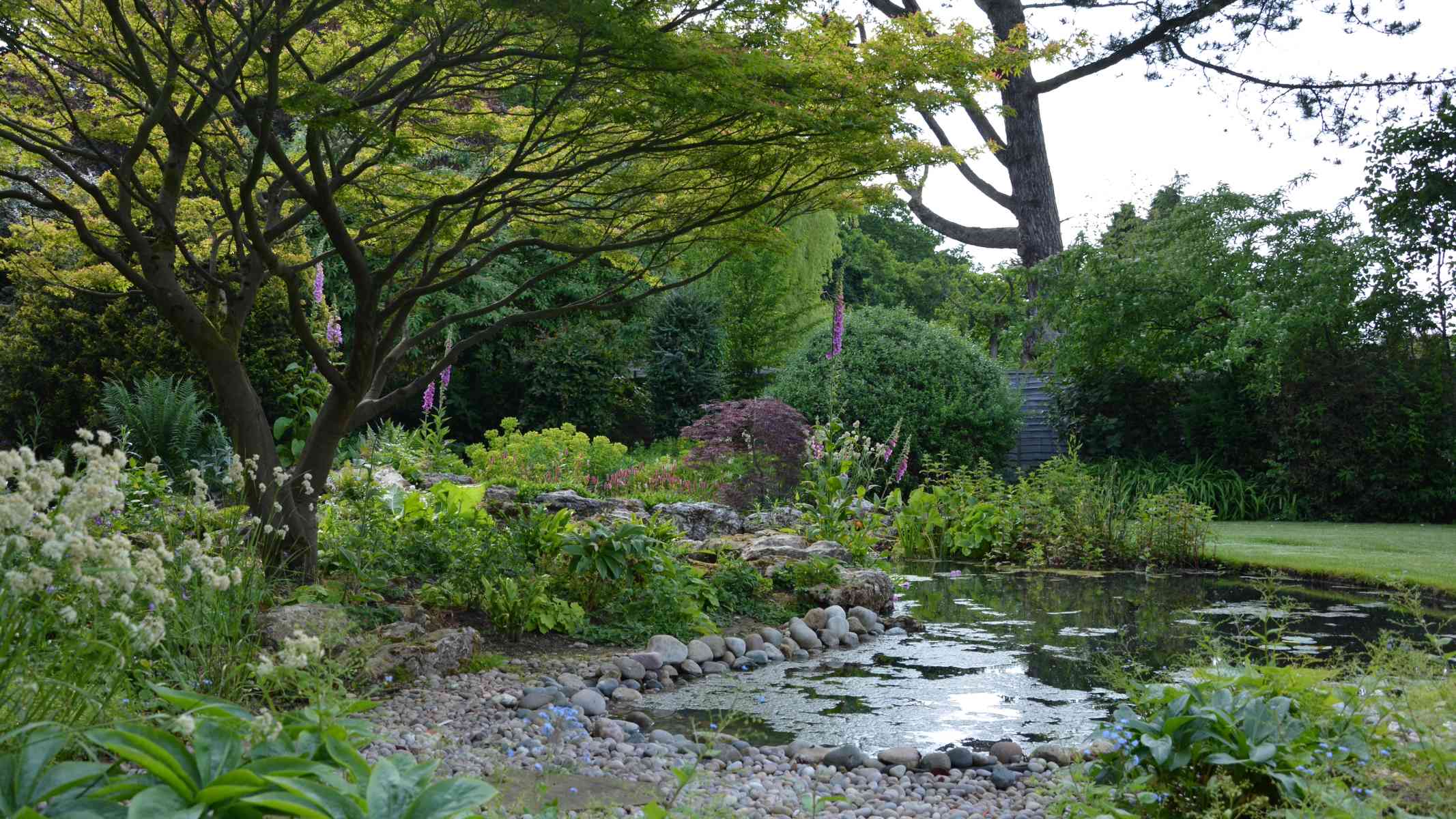
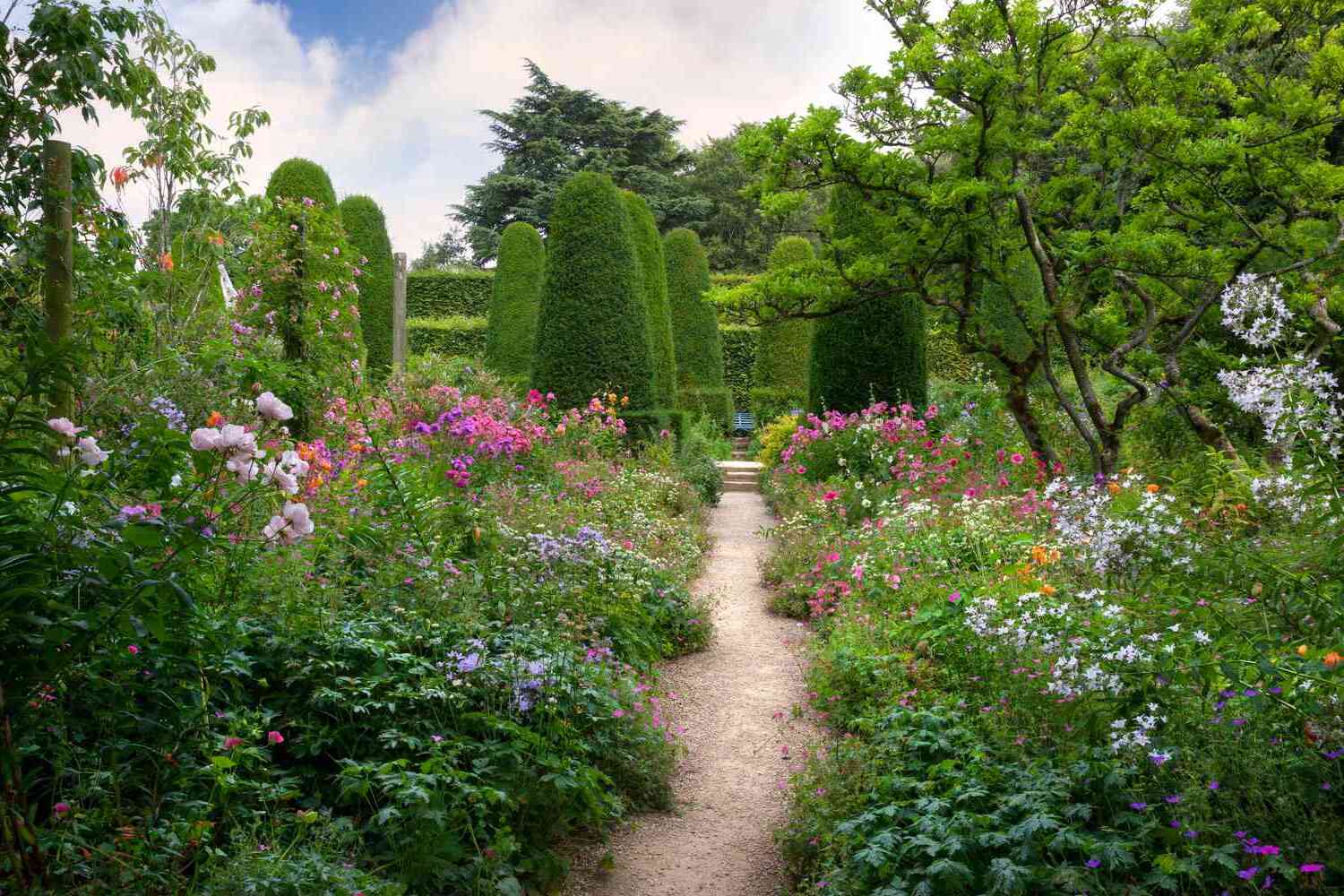
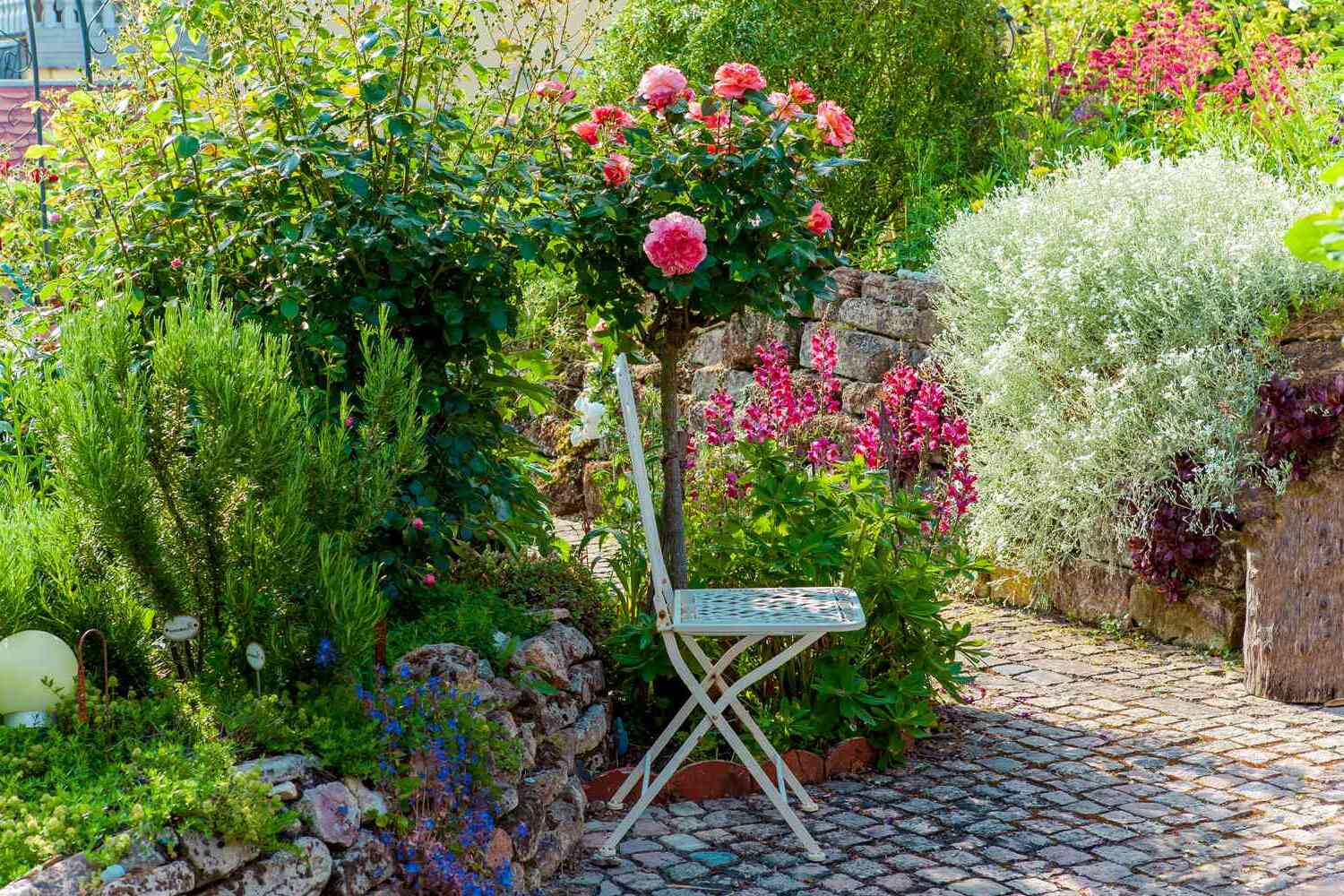
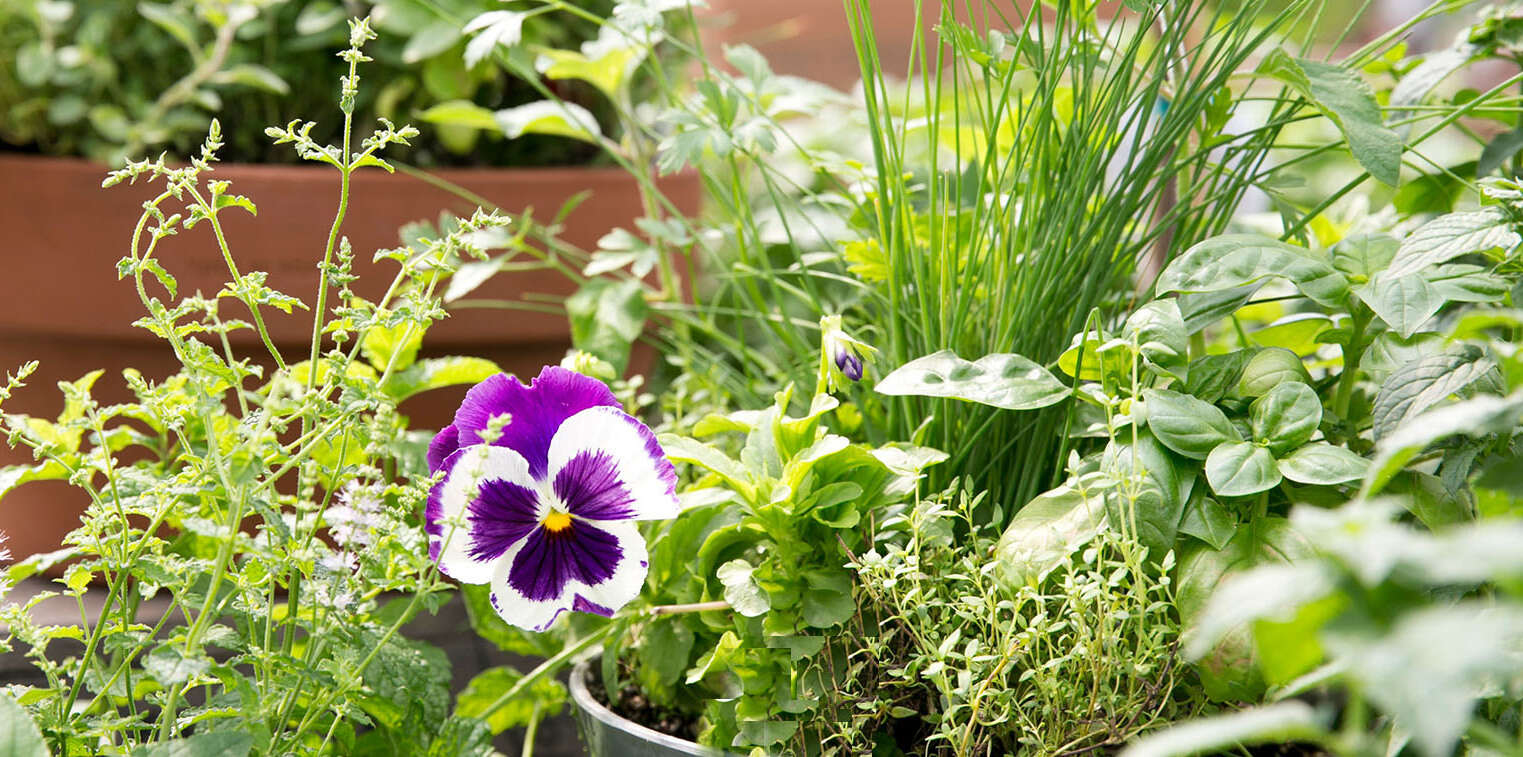
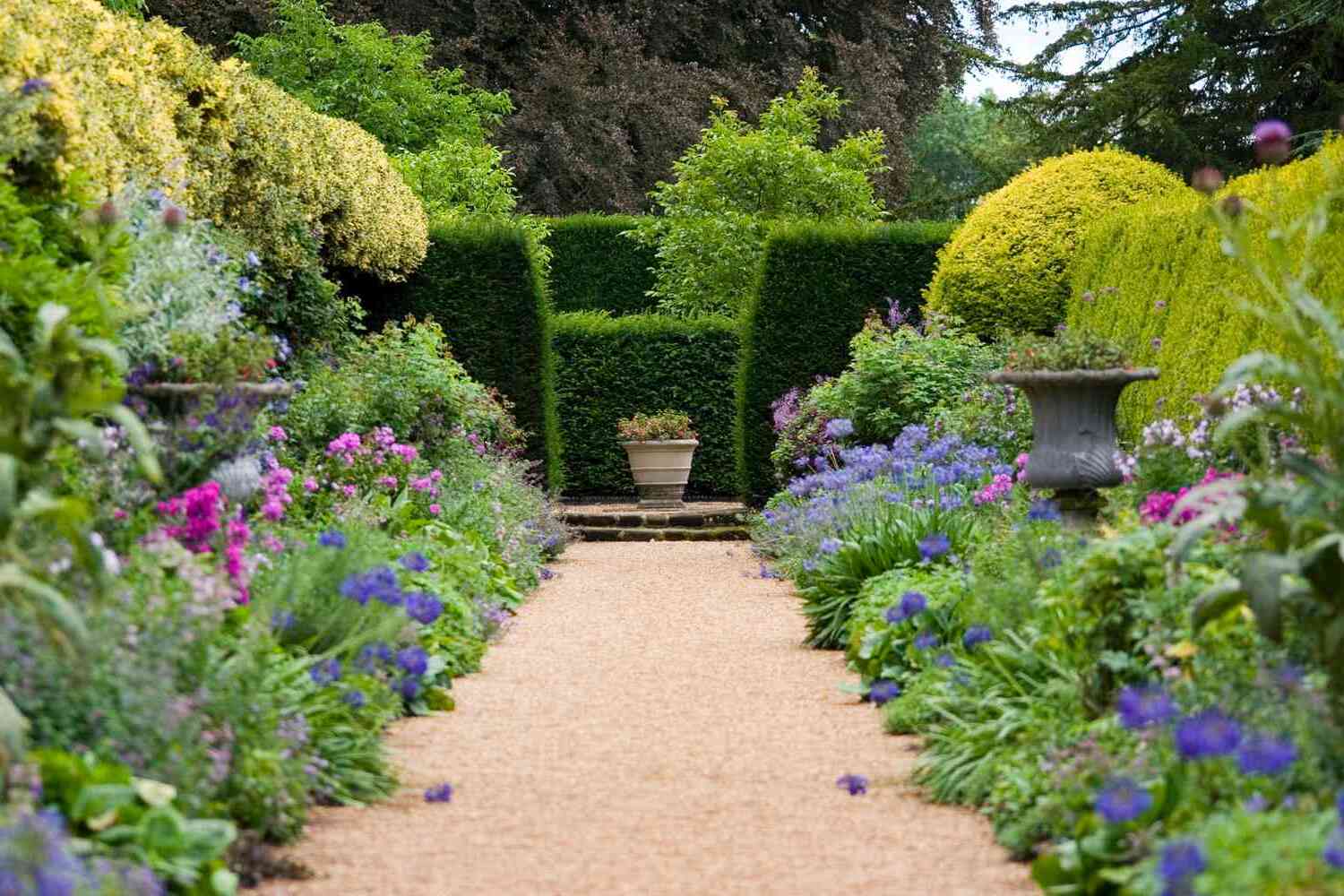
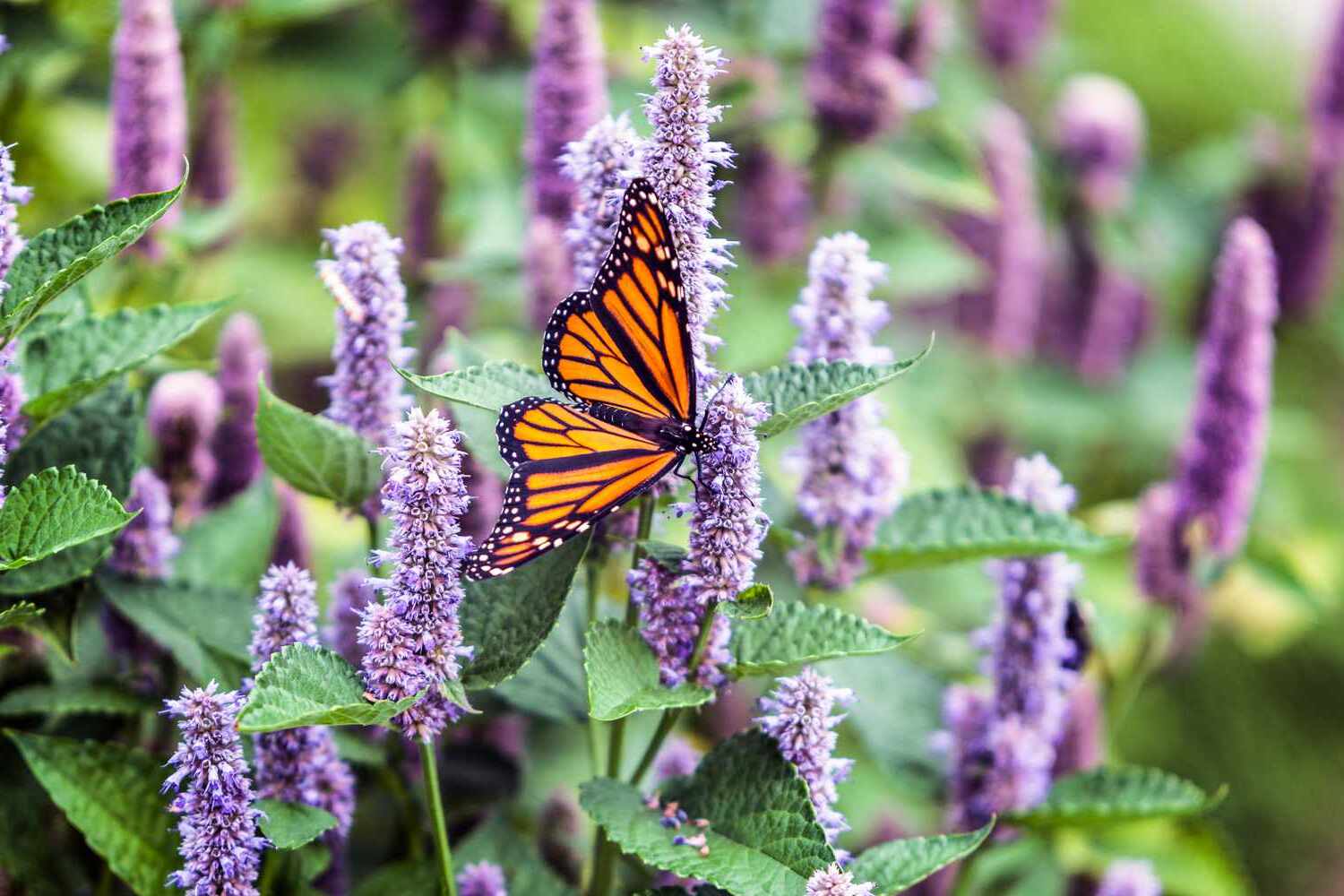
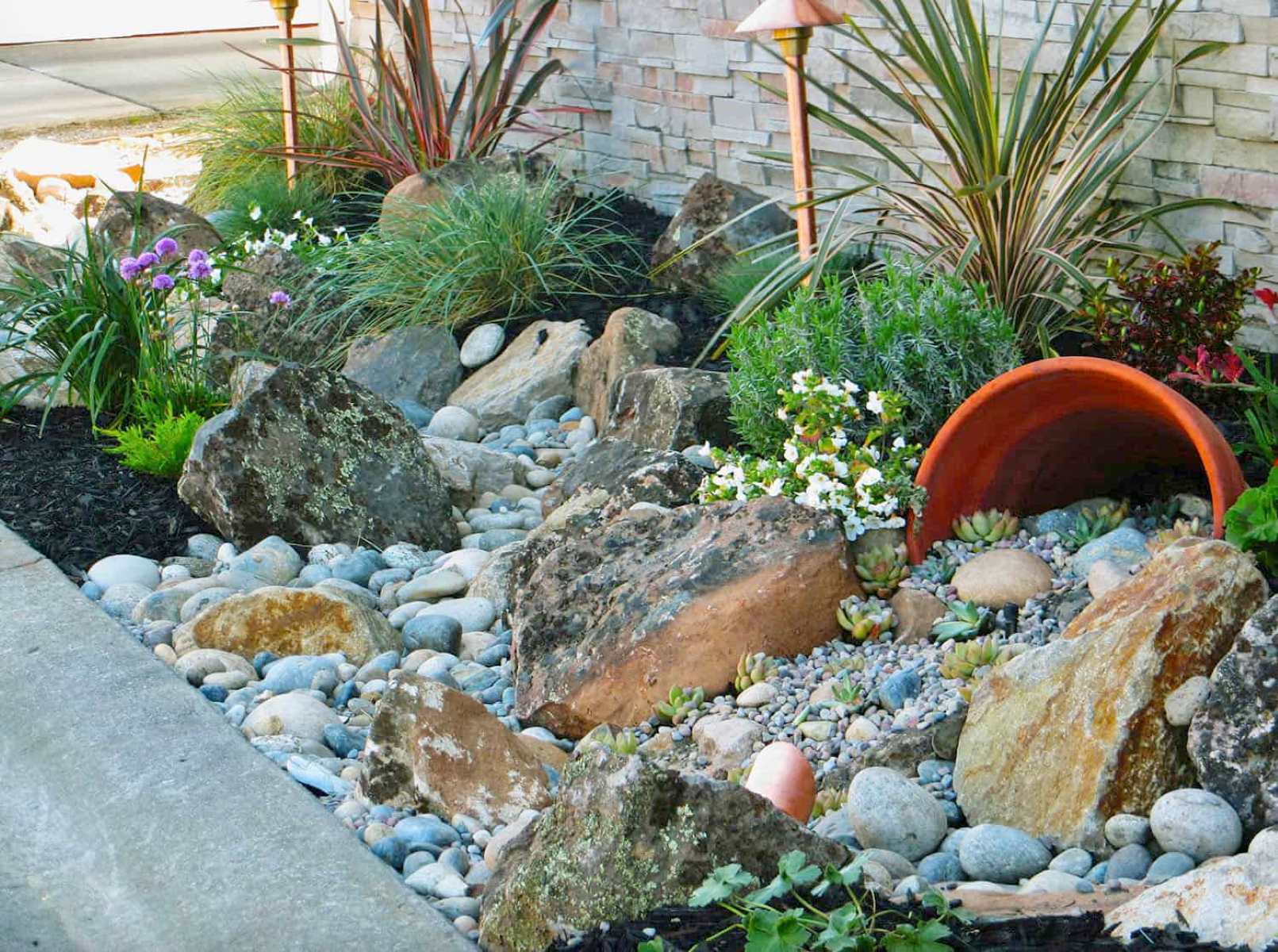
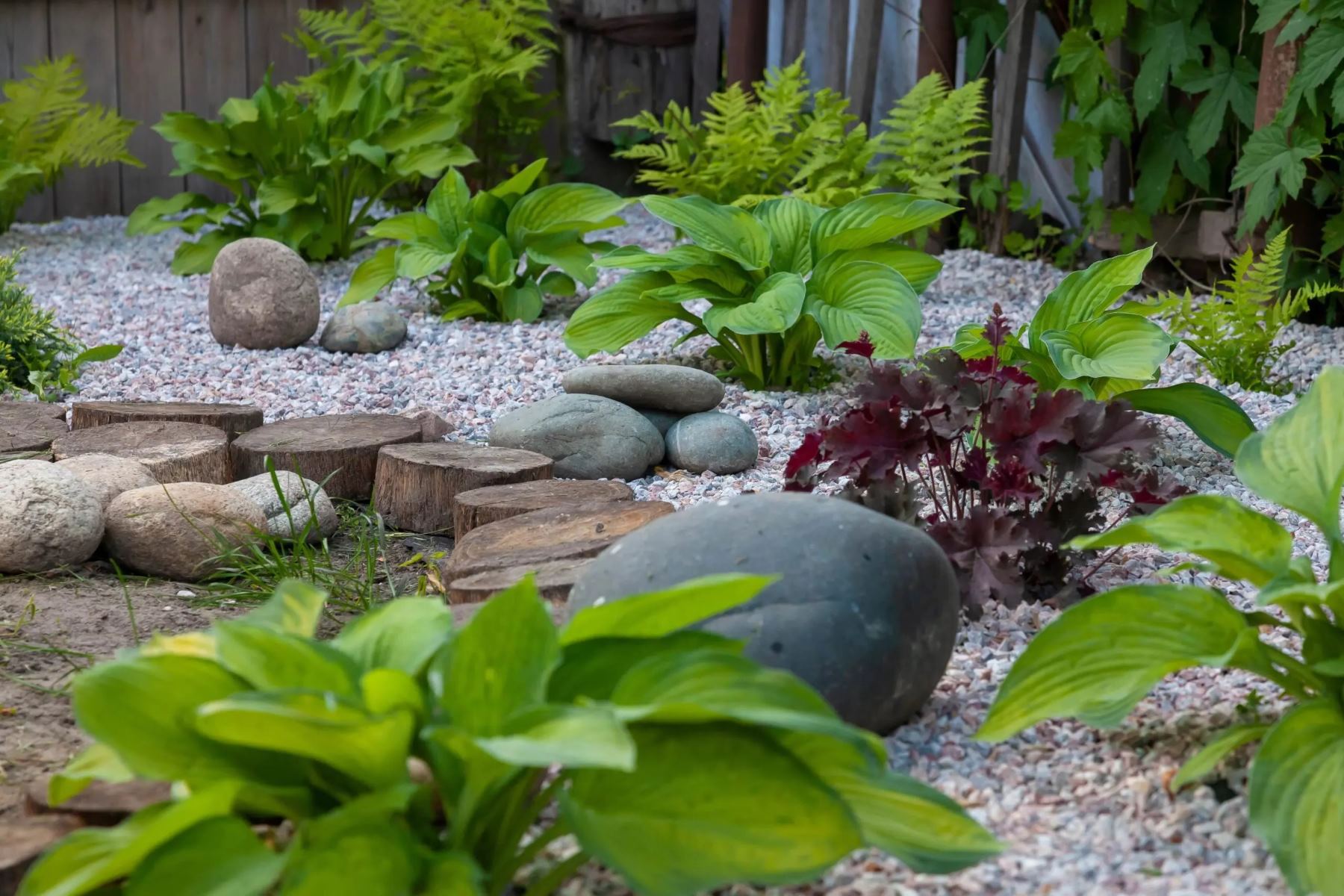
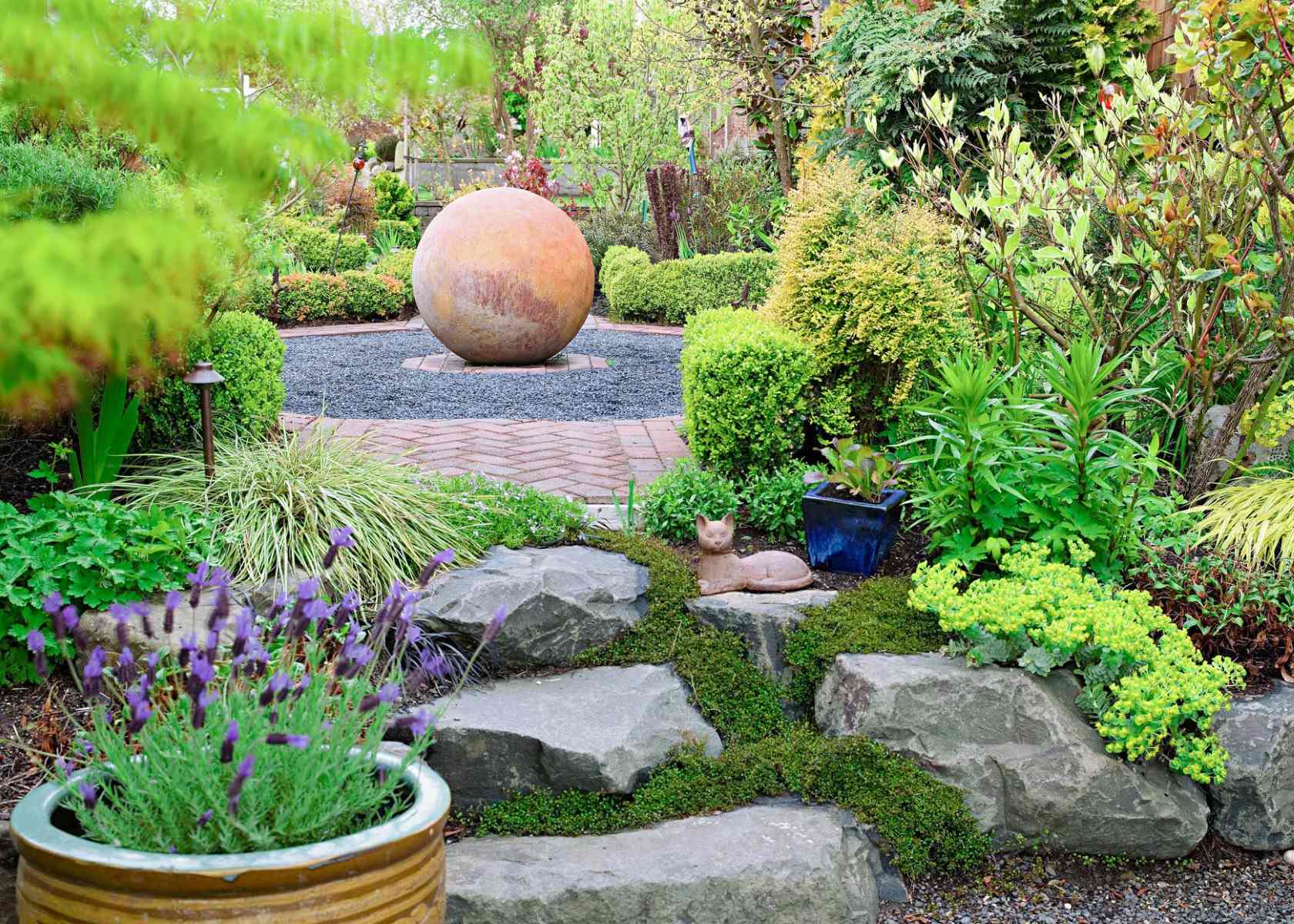
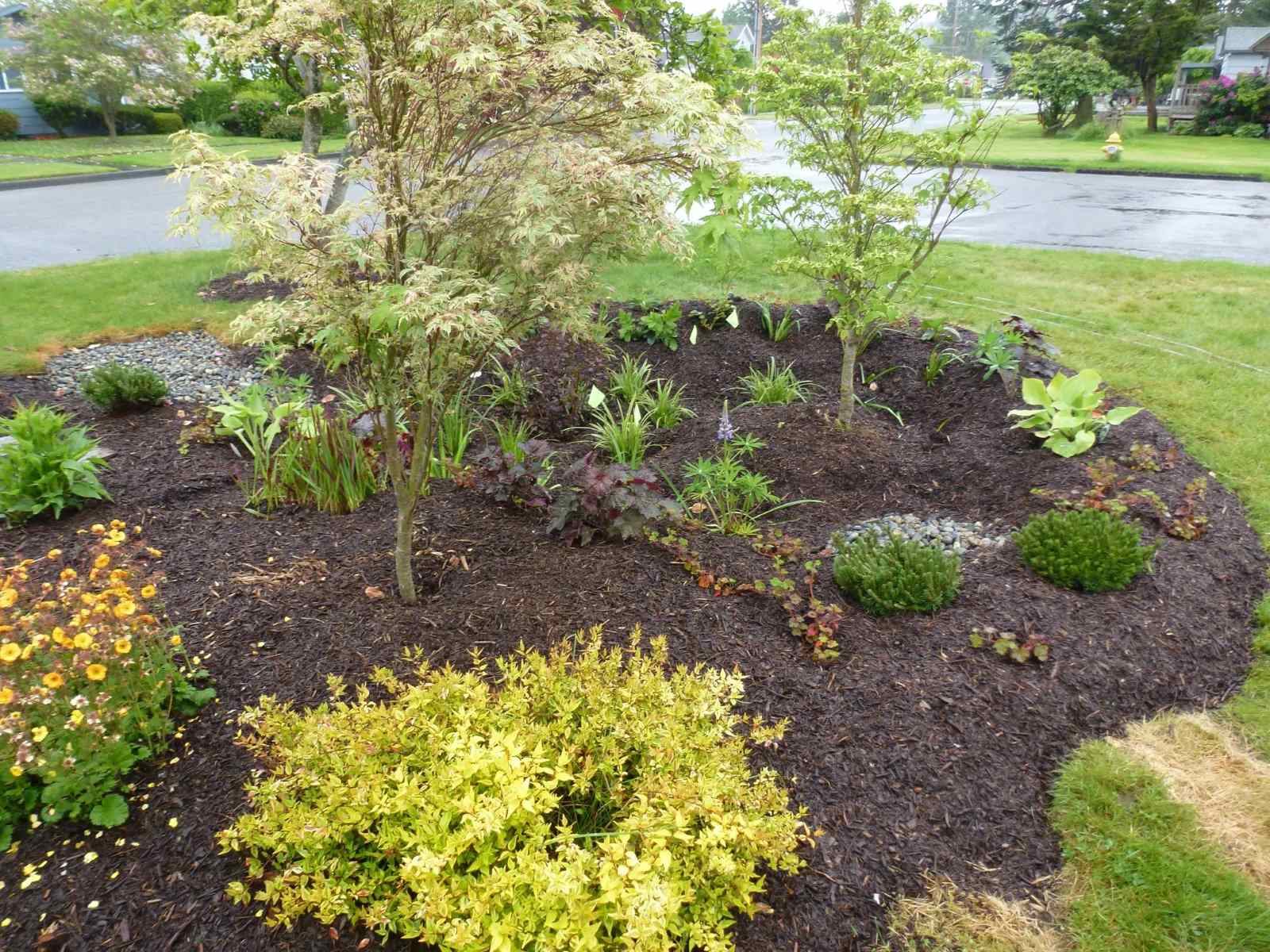
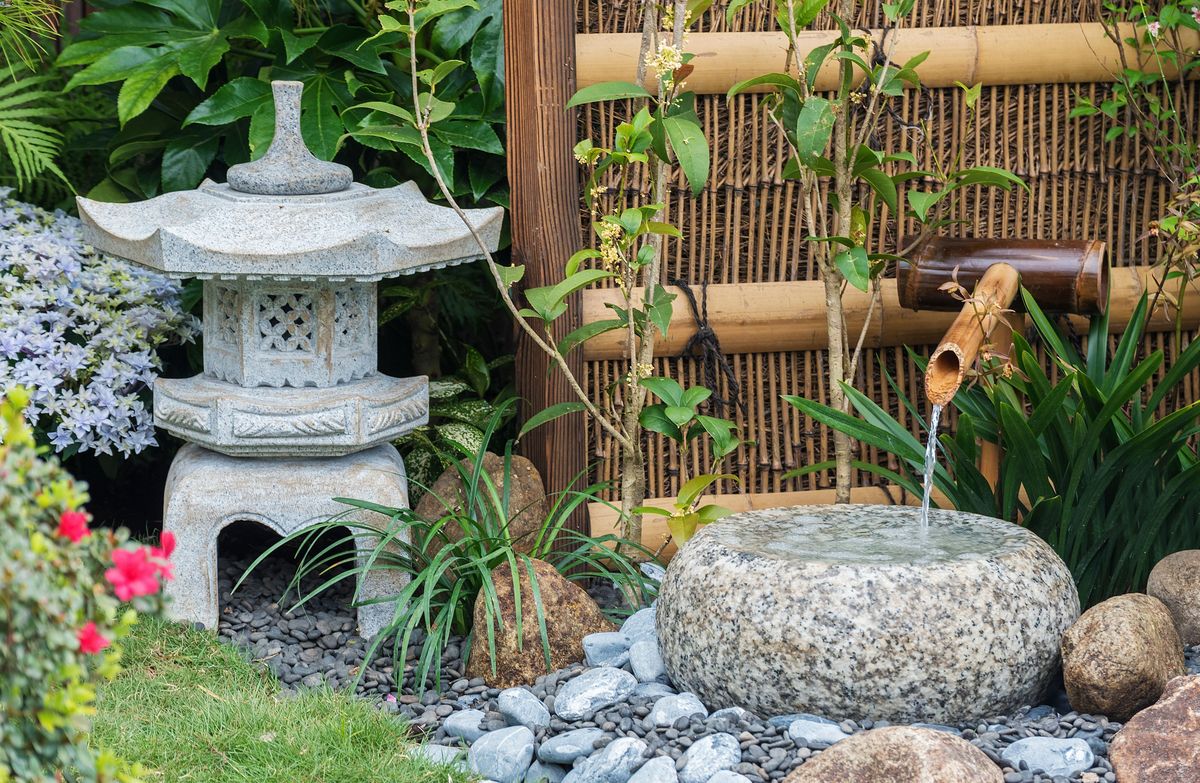
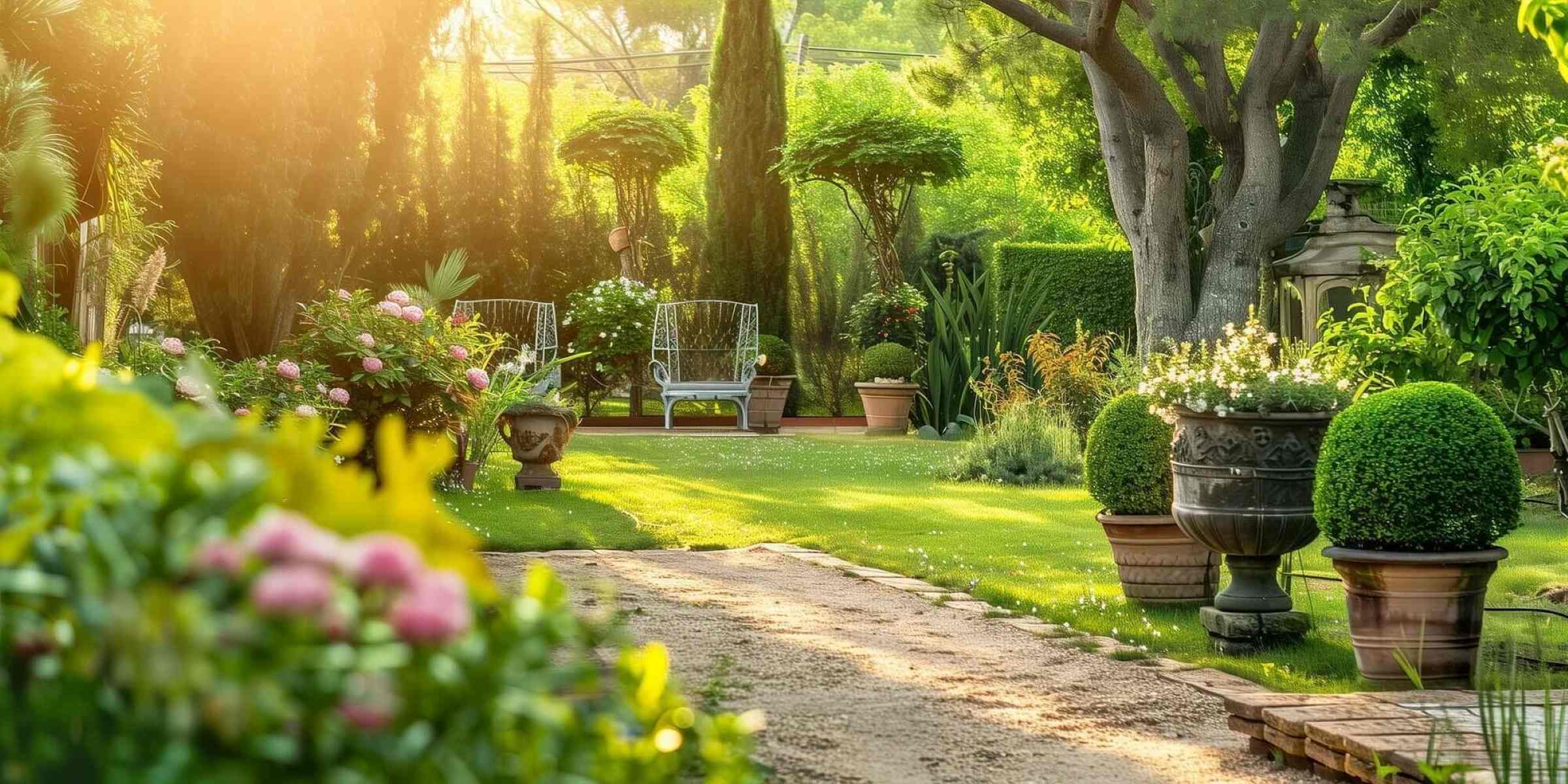
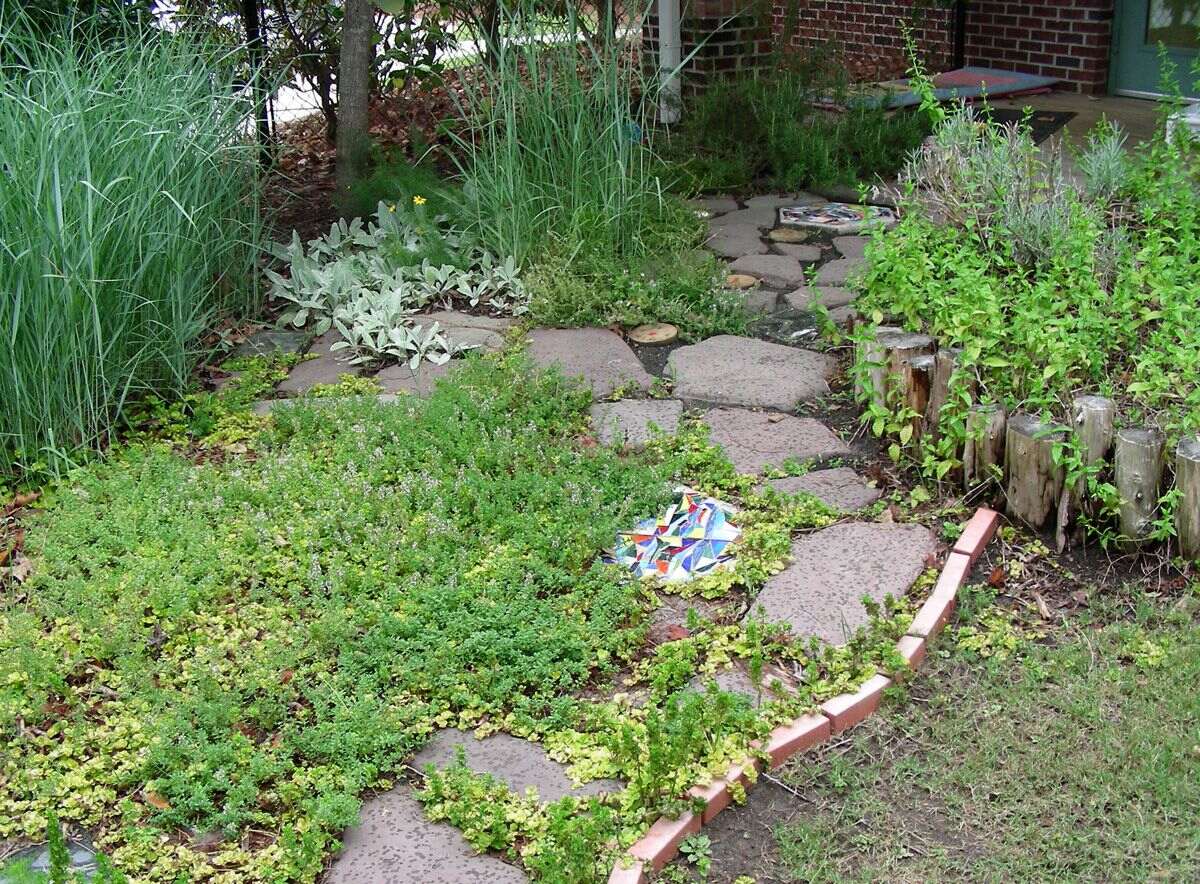

0 thoughts on “How To Design A Garden”